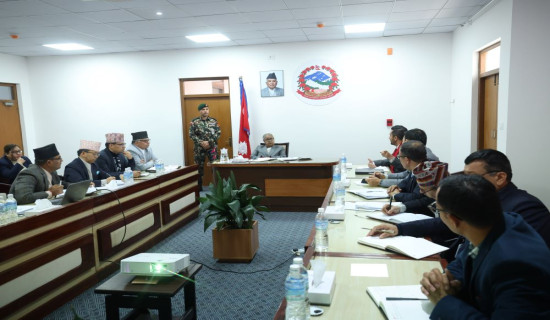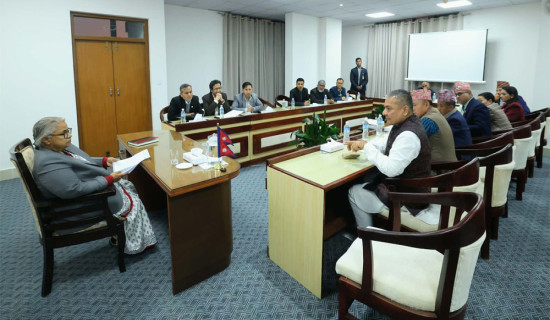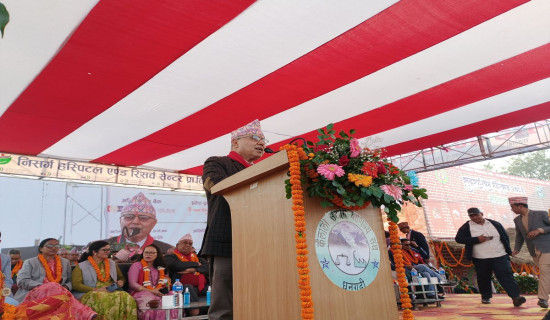- Tuesday, 9 December 2025
Merits of Millet
At a time when we are becoming increasingly reliant on imported food grains, finger millet (Kodo), our indigenous grains that are highly nutritious, climate-resilient, gluten-free, and deeply tied to our tradition, is often being overlooked. Climate change has escalated the possibility of food insecurity, so it is high time we revived the cultivation of our indigenous crops that are suitable for both our soil, health and taste. The government needs to promote and support the cultivation of indigenous crops like millet, especially in rural mountainous areas, as it contributes to a nutrient-rich staple and contributes to food security.
Kodo is the fourth major crop in Nepal, after paddy, wheat, and maize, which is generally cultivated in the hilly areas after harvesting maize. It generally grows above an altitude of 2,000 metres above sea level and is highly drought-tolerant and can be stored for a long time. It is highly appropriate for the mountainous terrain. With the road network reaching almost all villages, nutrient-dense indigenous food grains are being replaced by imported ones.
To promote the importance of millet and increase its production, National Millet Day 2025 was observed for the first time in Nepal on Friday. This is a wise step in the direction of creating a new national identity through the native crop. According to the statistics of the Ministry of Agriculture and Livestock Development, around 300,732 tonnes of millet were produced last year in 224,935 hectares of land. The productivity of millet was only 1.33 tonnes per hectare.
According to the statistics of the Department of Customs, about 15,300 tonnes of millet products worth Rs. 766 million were imported last fiscal year. These statistics reveal that we are not cultivating our indigenous crops but are bringing the cookies, biscuits and other products made of millet.
We are struggling with extreme weather events due to the effects of climate change. Madhes Province has been declared a disaster-hit zone due to the prolonged drought in the region. As of Mid-July, only about 33 to 36 per cent of the 372,645 hectares of paddy have been planted. When the country is hit by extreme weather events, there is a need to promote our local crops like millet, barley, etc., to combat food insecurity. They can be produced in areas that are less irrigated. Our focus should be on climate-resilient local crops to stop crop failure and become self-sufficient in food grains. Native crops like local rice, finger millet and buckwheat are on the verge of extinction due to the increased use of improved variety hybrid crops and vegetables.
The government should bring forth the policies to promote the indigenous crops and inform locals of the health benefits of them. The farmers have almost stopped farming the indigenous crops and have turned to farming exotic crops, being attracted by their commercial value and not knowing if such crops are suitable in our climate. When the government introduces the policies to promote indigenous crops and teach locals about the health benefits of such crops, the celebration of National Millet Day will be relevant in its true sense.
















